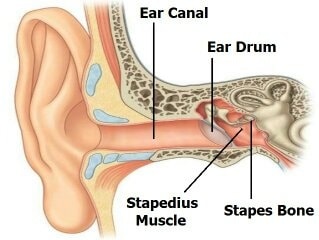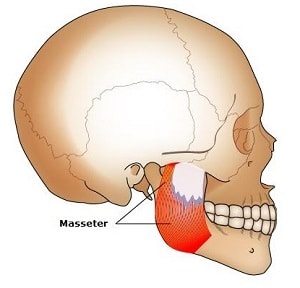Some of you might know these few amazing facts about the human body but if you didn't...now you do!
Did you know?
▪️The smallest muscle in the body is the stapedius which is located inside the ear. It is less than 2mm long and supports the smallest bone in the body also located in the ear called the stapes.
▪️The largest muscle group on the human body is the glutes. Keeping your glutes strong will help minimise any other problems that can arise in the lower back or even the knees and hips... plus of course strong glutes can help us in many physical training feats.
▪️Did you know that a human neck and a giraffe neck in fact have the same number of vertebrae, 7? The reason why a giraffe's neck is so incredibly long is that each vertebra is around 25cm long
▪️The longest muscle in the human body is called the sartorius. It spans over two joints (hips and knees) and runs from the outside of the upper thigh down towards the inside of the knee. You can generally only see this on people that are very lean.
Tip: You can sometimes feel it in the front part of your hip near your pelvic bone. Have a go by placing your hand on the bony part of your pelvis in the front of your hip....then, flex your thigh up and rotate it outward, the muscle that protrudes is the sartorius.
▪️Strength can obviously be measured in different ways but if we are talking about force, then the strongest muscle in the body is the masseter which is located in the jaw. Some people can actually have a bite force as strong as 200 pounds! In general, bite force tends to be stronger in men than it is in women.
This helps us understand the incredible bite force of some dogs as their jaws are so much larger than ours.
▪️If we look at strength in another way such as workload then the hardest working muscle in the body is the heart. This is made up of a different type of muscle called cardiac muscle opposed to the muscles that we work out with and move with, which are made up of skeletal muscle and we can control (voluntary muscles).
The heart is an involuntary muscle and is controlled by the autonomic nervous system.
The heart pumps at least 9,450 litres of blood around the body every single day, and throughout the average person's lifespan will beat over 3 billion times!
▪️On average the adult human skeleton has around 206 bone - this is not including any smaller bones that can be found inside the inner ear.
We are in fact born with around 270 bones but as they fuse together during childhood, by the time we reach adulthood we end up with a lesser amount of sizeable bones.
Did you know that of the 206 bones, over half of these can be found in the hands and feet?! There are 27 in each hand and wrist and 26 in each foot.
▪️There are around 43 muscles in the face and it is actually a myth that it takes more muscles to frown than it does to smile. It is quite hard to determine exactly how many it takes for each as everyone is different but it is estimated at 11-12 for smiling and 10-11 for frowning 🙃
▪️The fastest and most active muscles in the body are those which control our eyes. There are 6 extraocular muscles which control the direction of each eye plus one more which controls the eyelid.
They work non stop even when you're asleep and are estimated to move more than 100,000 times a day!
▪️The femur (thigh bone) is the longest and commonly thought as the strongest bone in the human body due to it's ability to withstand alot of force. With support from our lower leg, the femur constantly carries our weight load every day byduring running, jumping, walking, lifting etc.
▪️The hardest (most dense) bone in the body might be that of a small area on the temporal part of the skull. This small area is made up of petrous bone (from Latin petrosus meaning stone like or hard) which protects the inner ear.
Now this is good...It might be because the petrous bone is so dense, it also is the bone in the body that best preserves DNA after a person dies.
▪️However tooth enamel is the hardest substance found in the human body. I say substance because enamel is considered a tissue and not a bone.
▪️Your skin is the largest organ on your body. Yes skin is considered an organ because as well as it's protective role, it also regulates temperature, stores water, vitamins and fats and receives sensory information.
Did you know your skin makes up around 15% of your overall body mass and has an average surface area of around 20sq/feet!
▪️Last but not least, the word "muscle" is derived from the Latin "musculus" and means "little mouse". Thought to be named so from the shape of certain muscles, namely the biceps!
This was just a few fun facts about the human body which is admittedly quite amazing.
We only get one so make sure you look after yours as well as it has been designed to look after you 🤗
Stay safe
Fay
✌🏾
MuscleFactory Gymnasium William Street End Swinton South Yorkshire S64 8BP










Comments